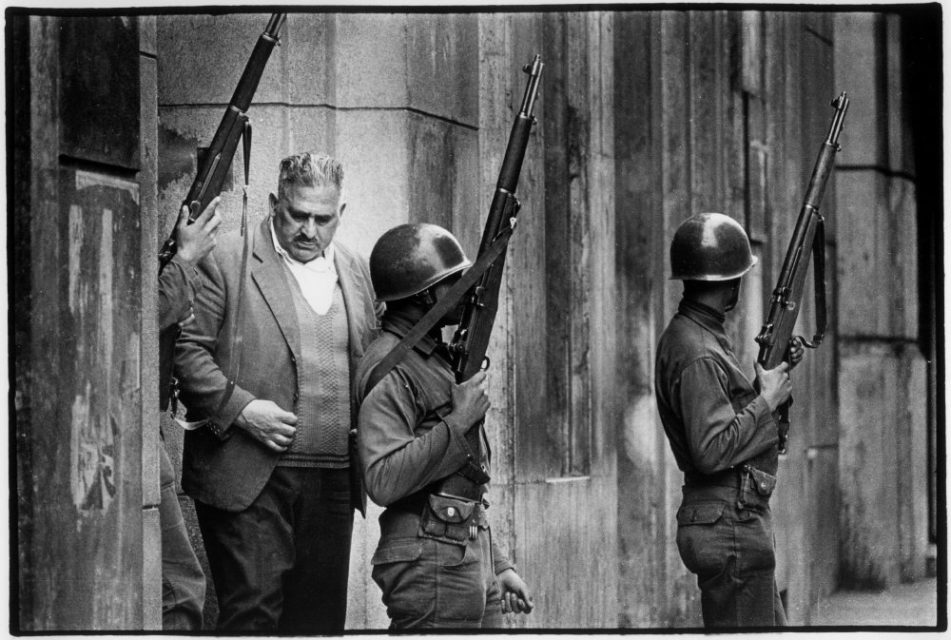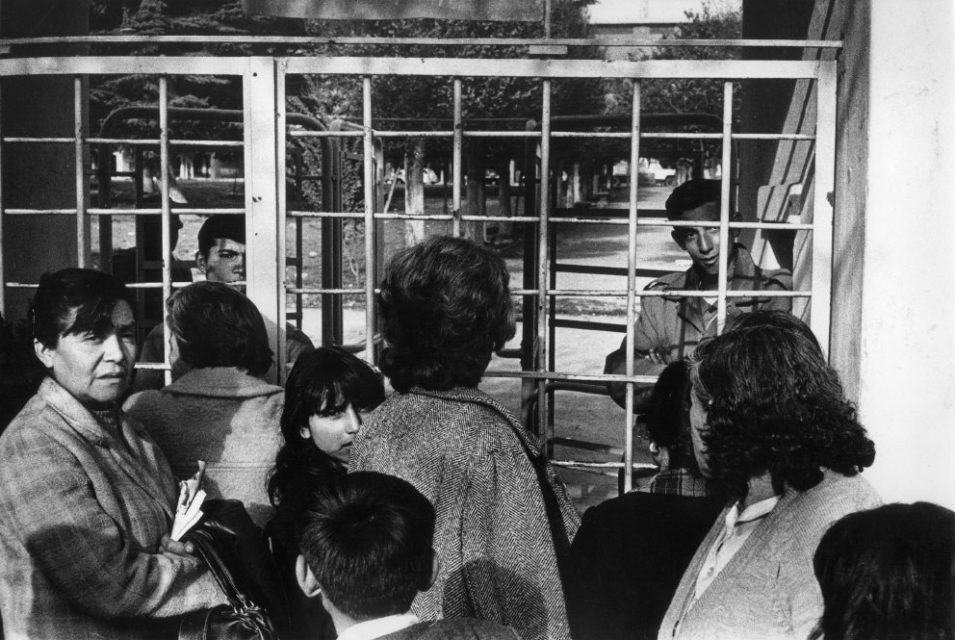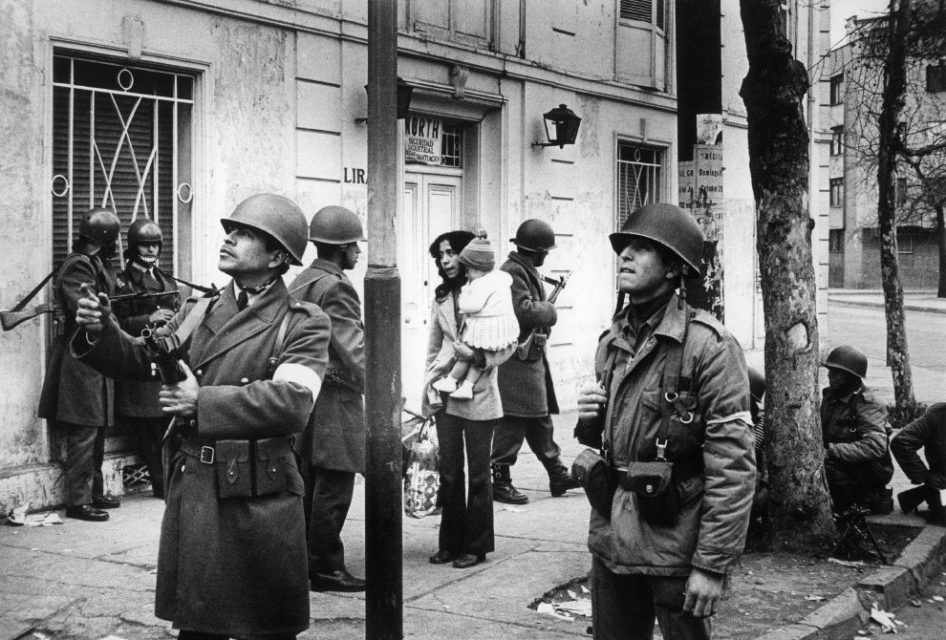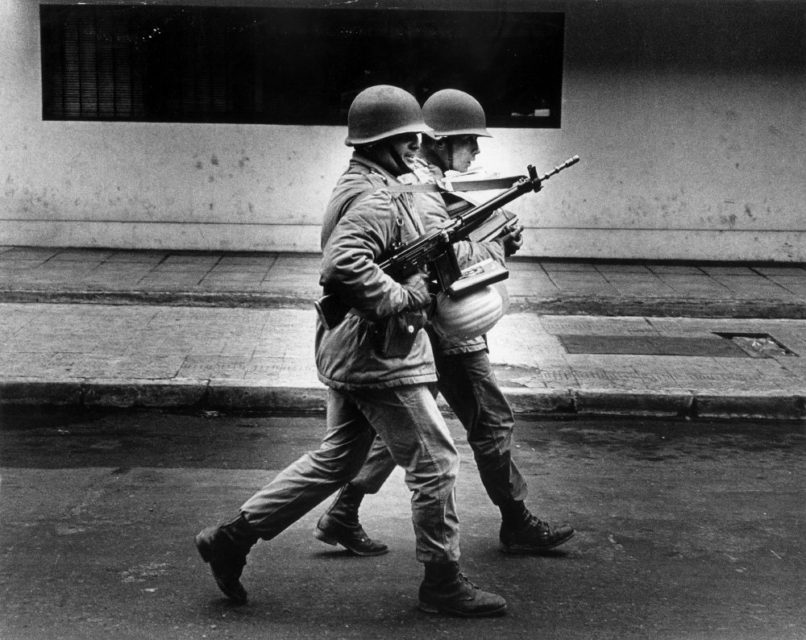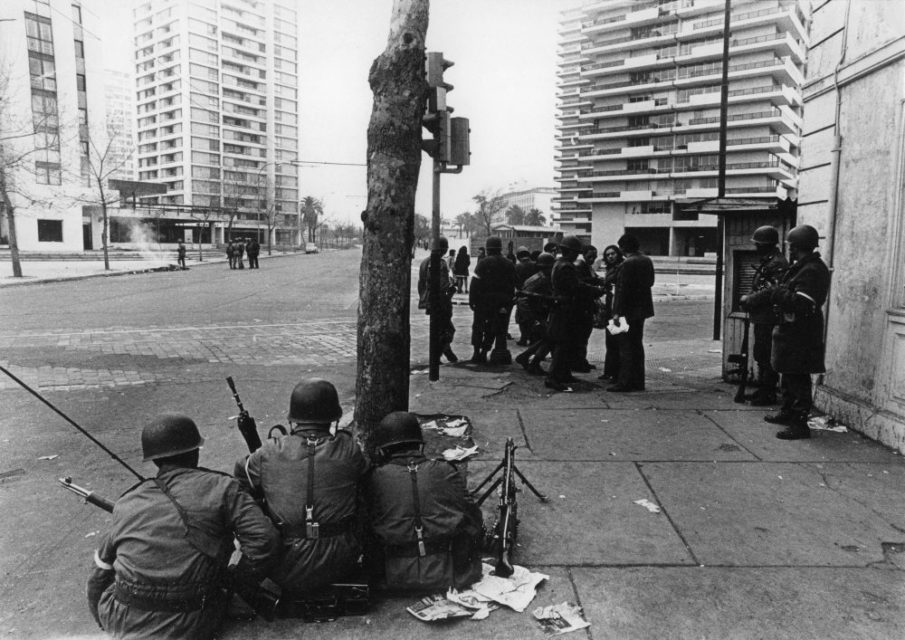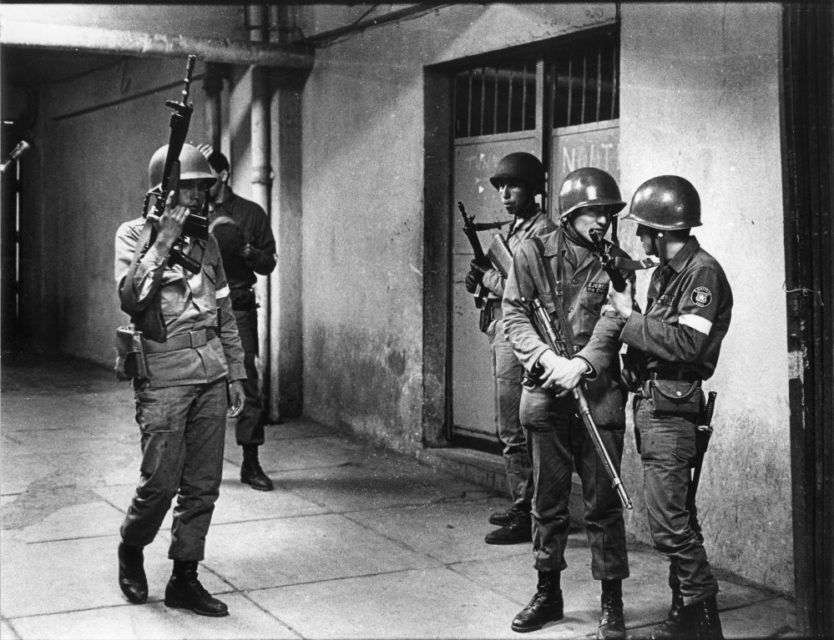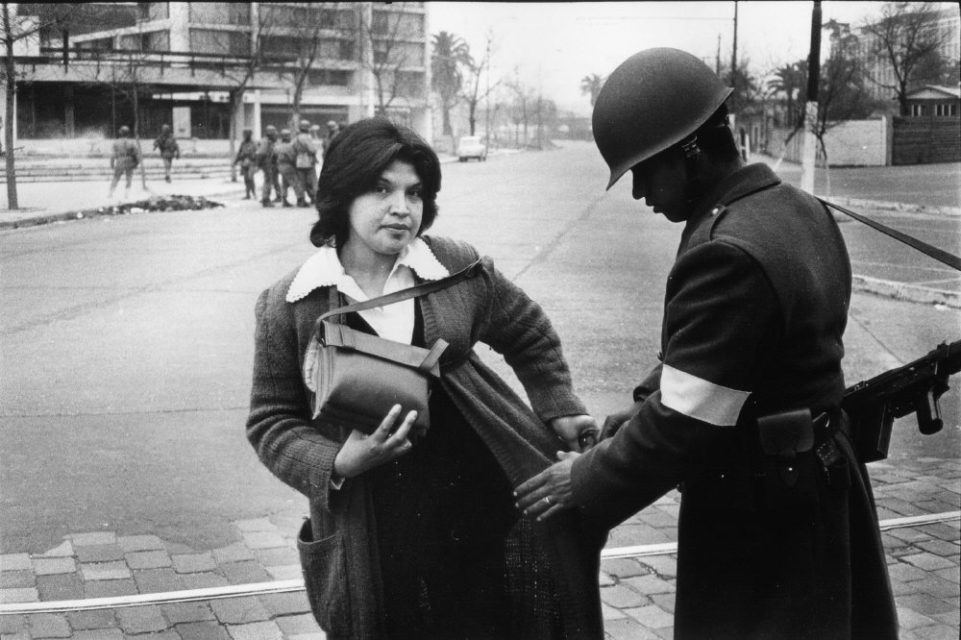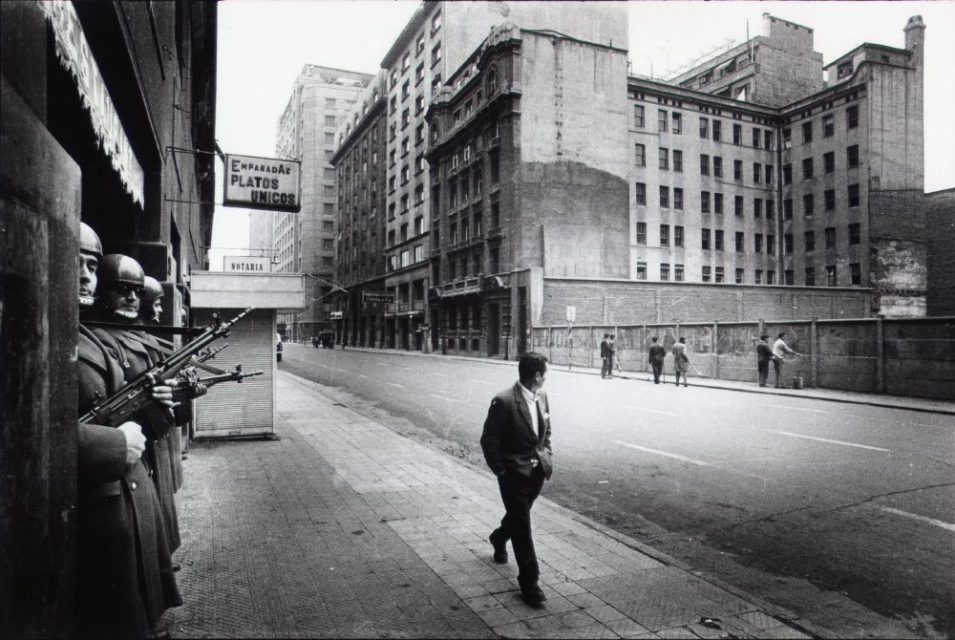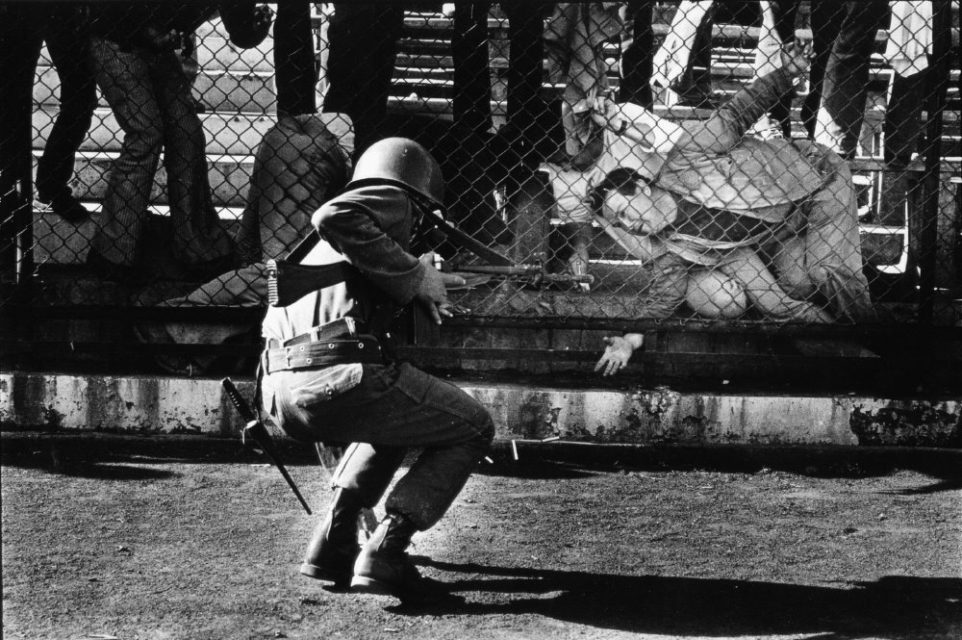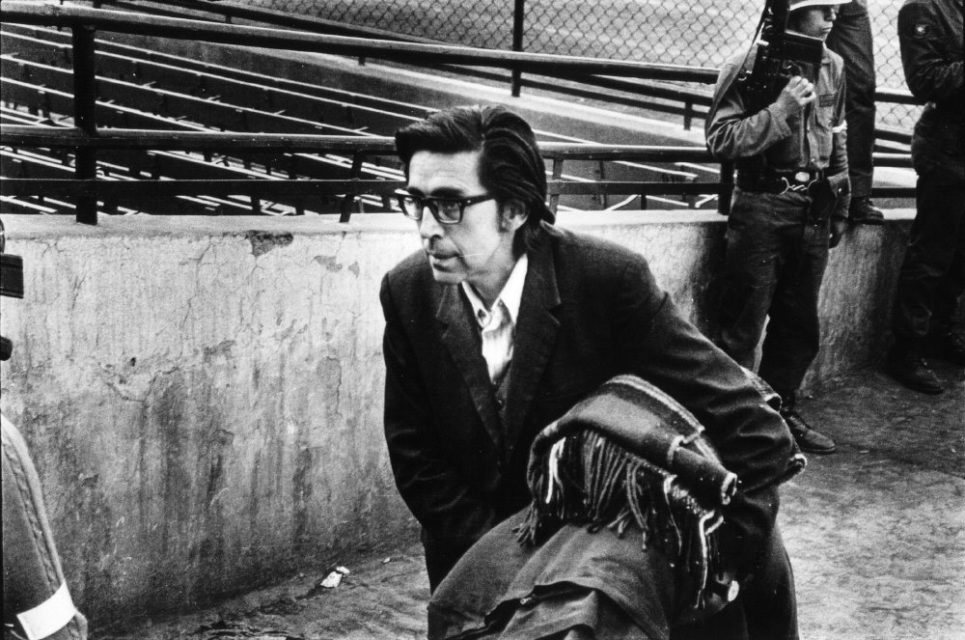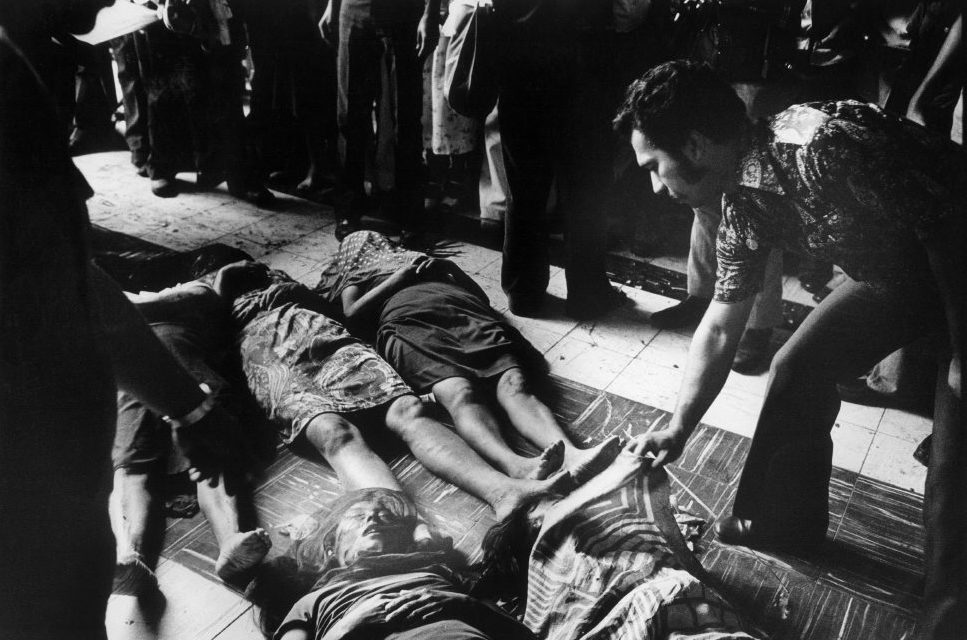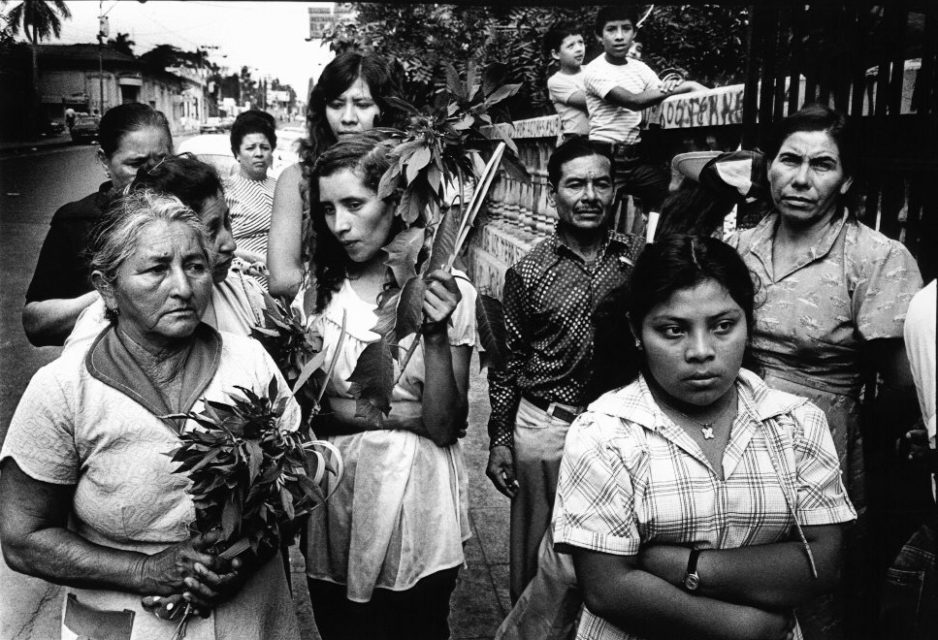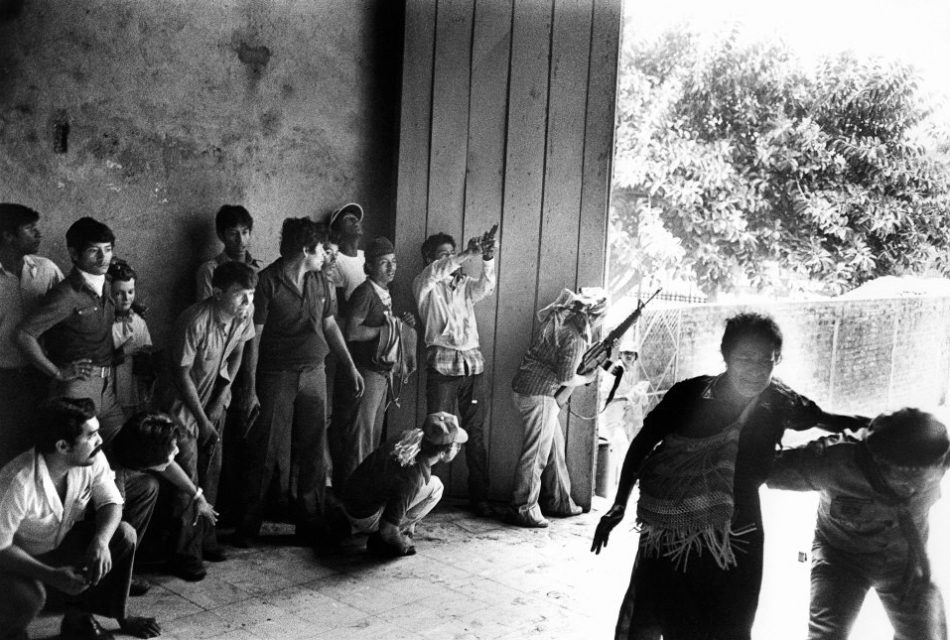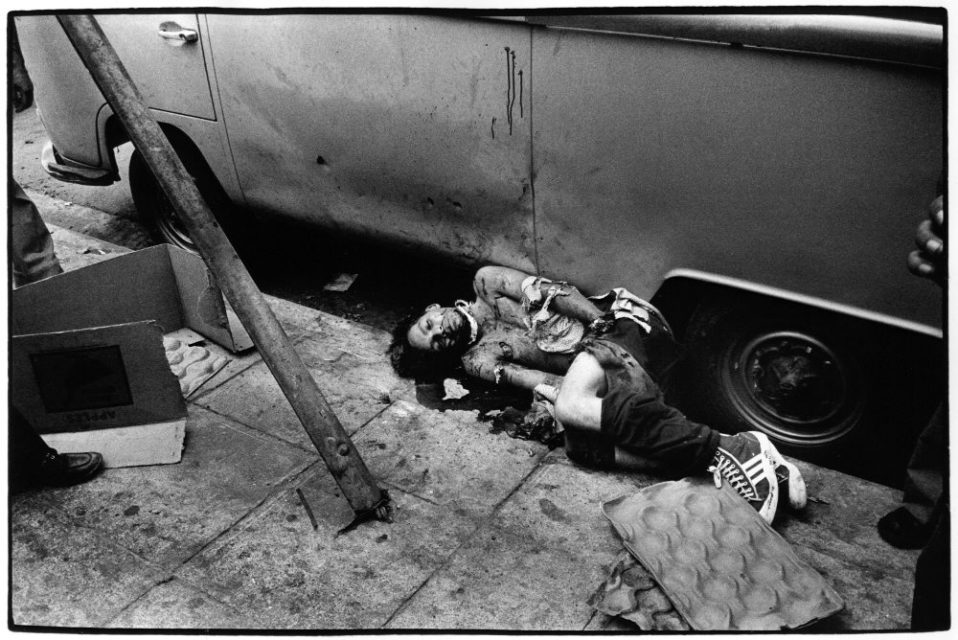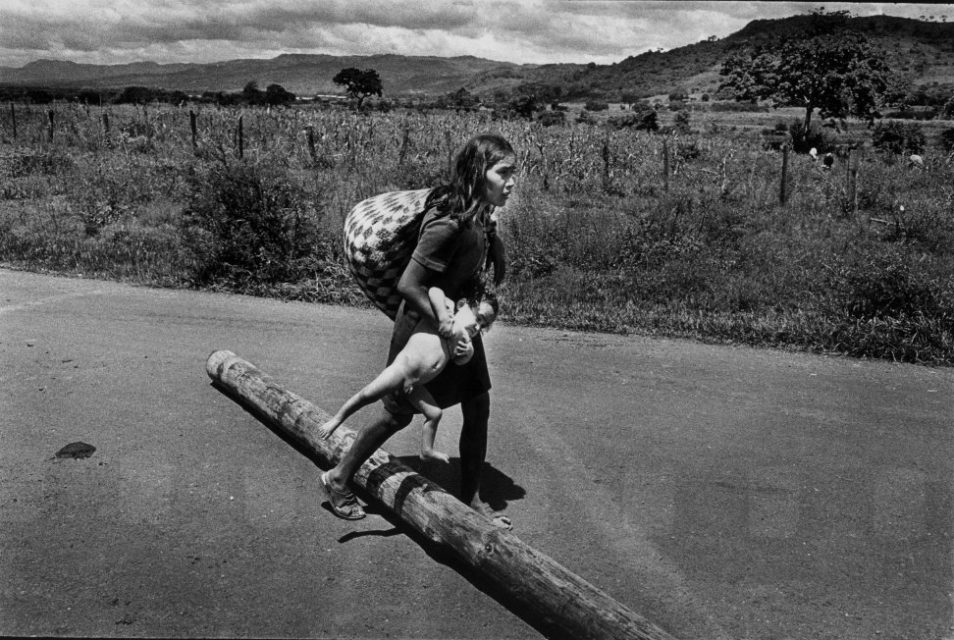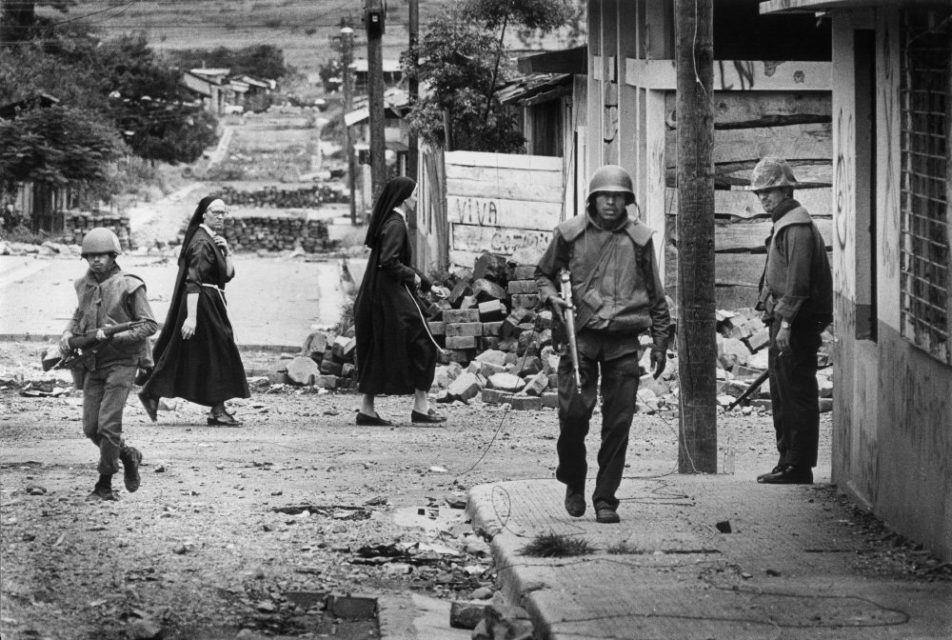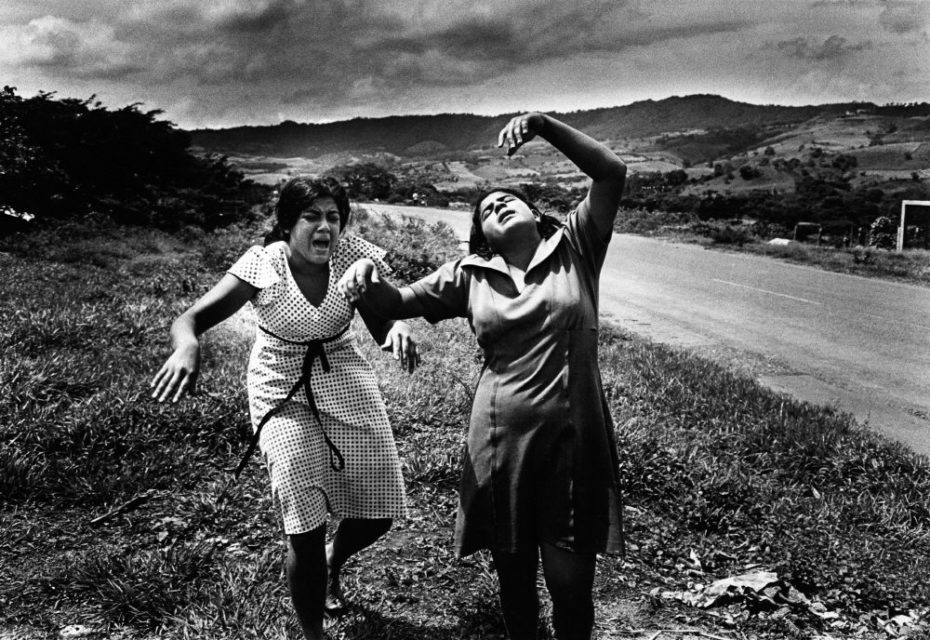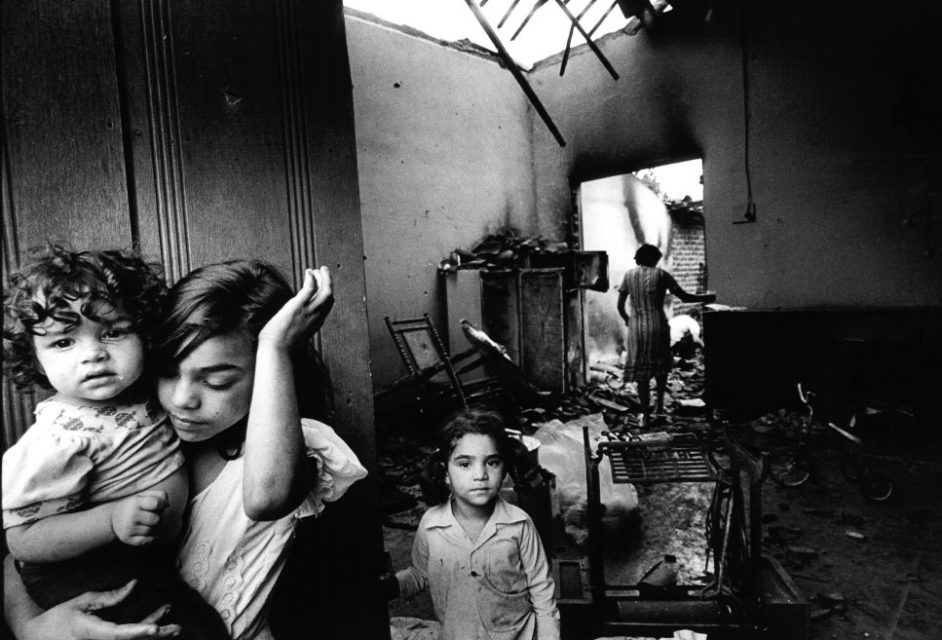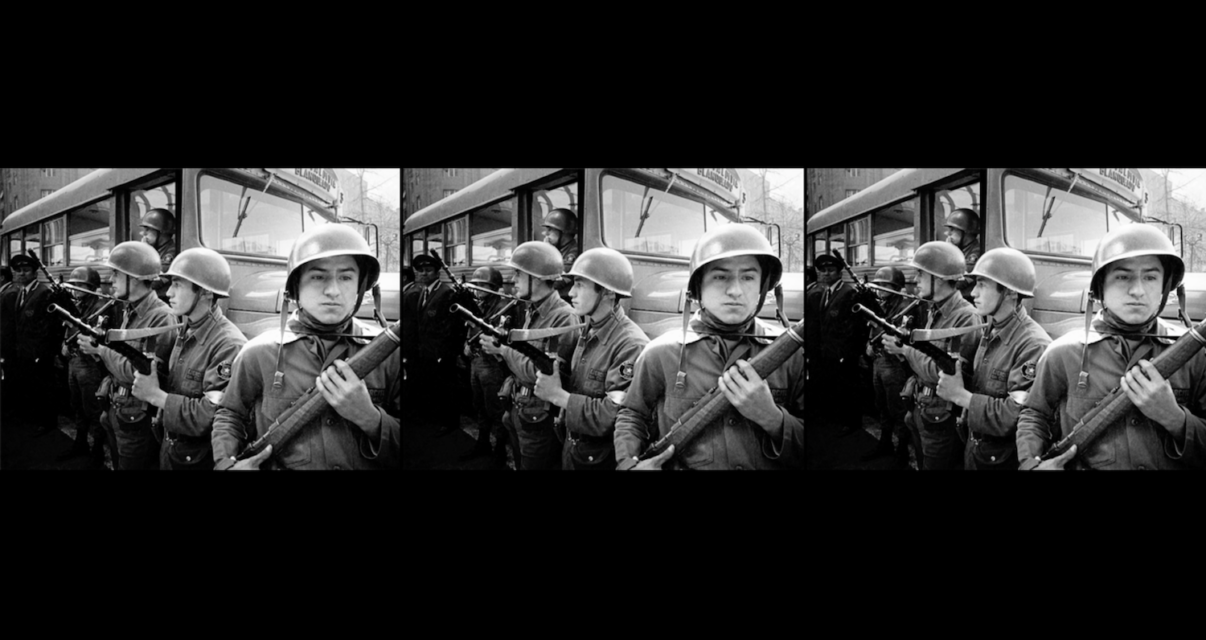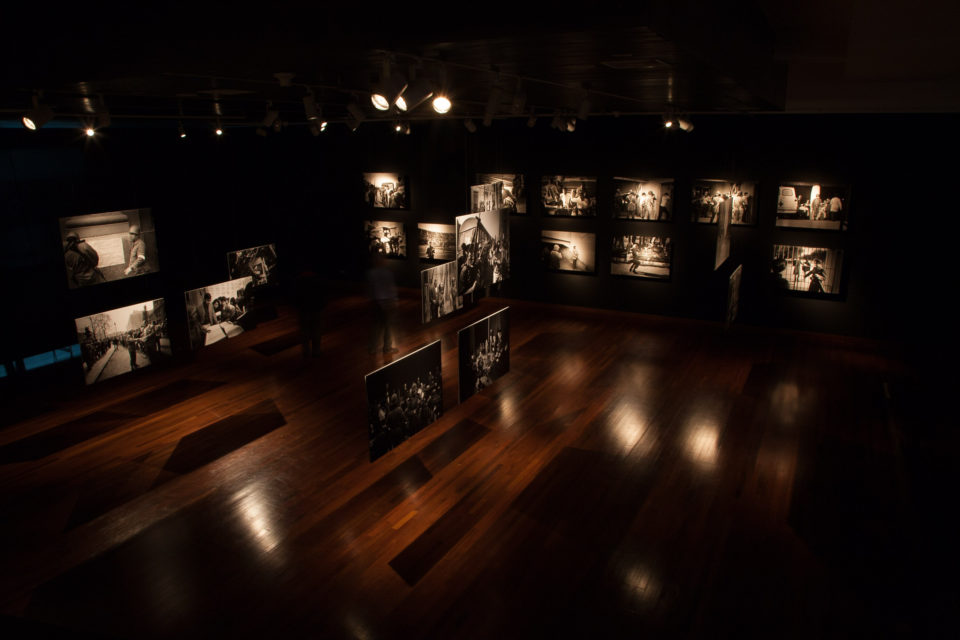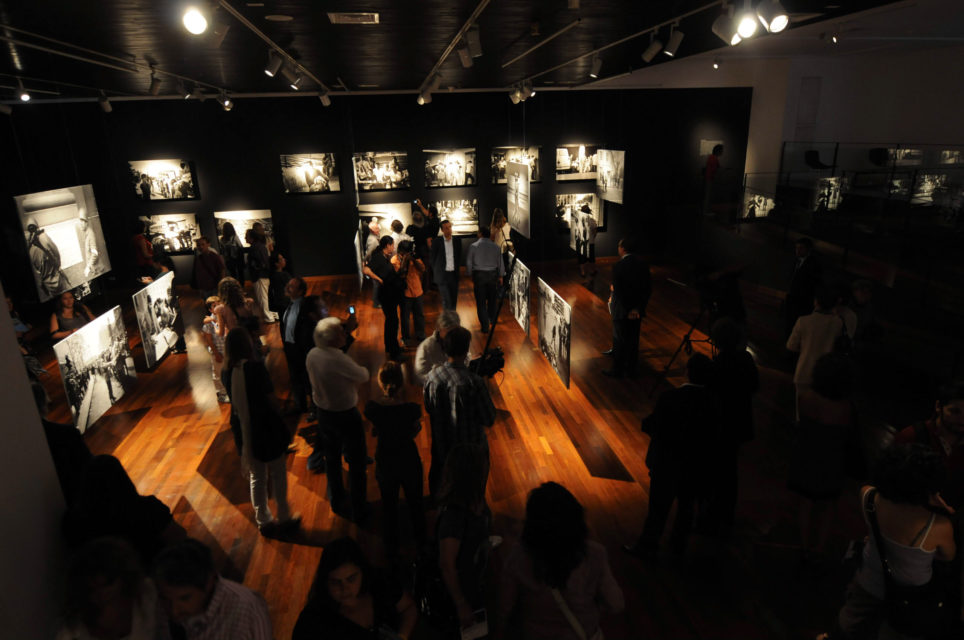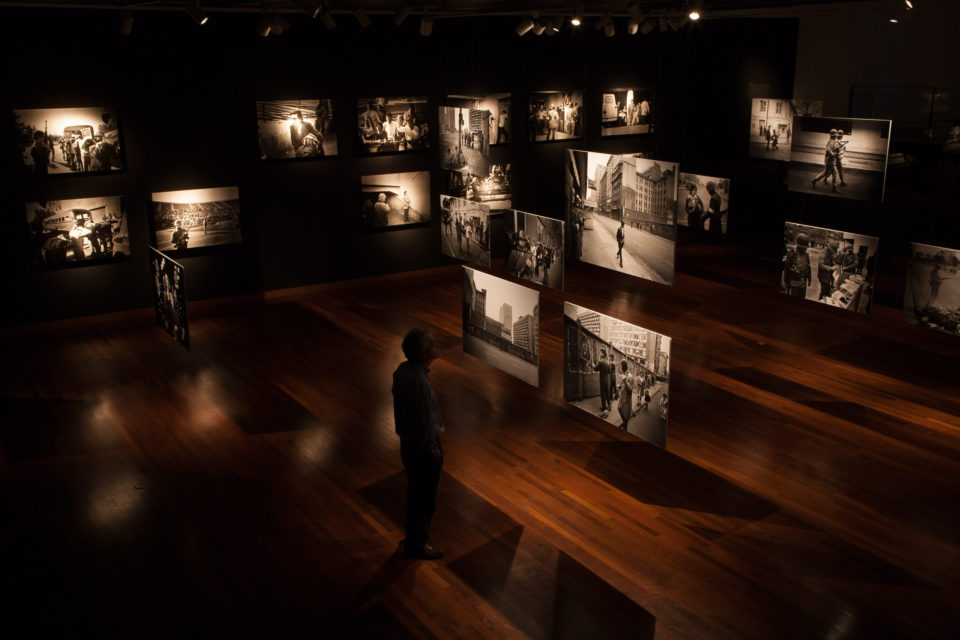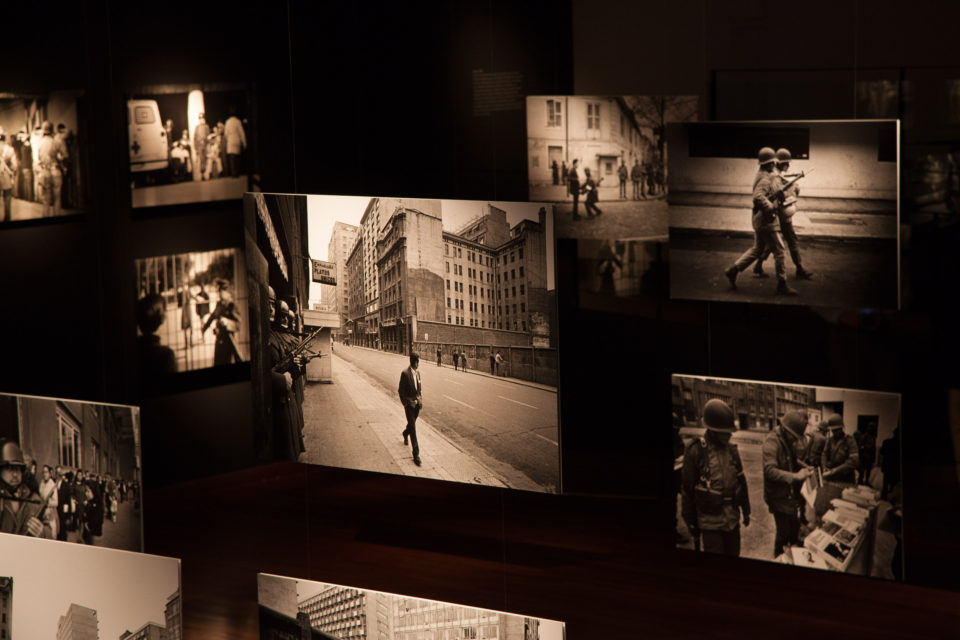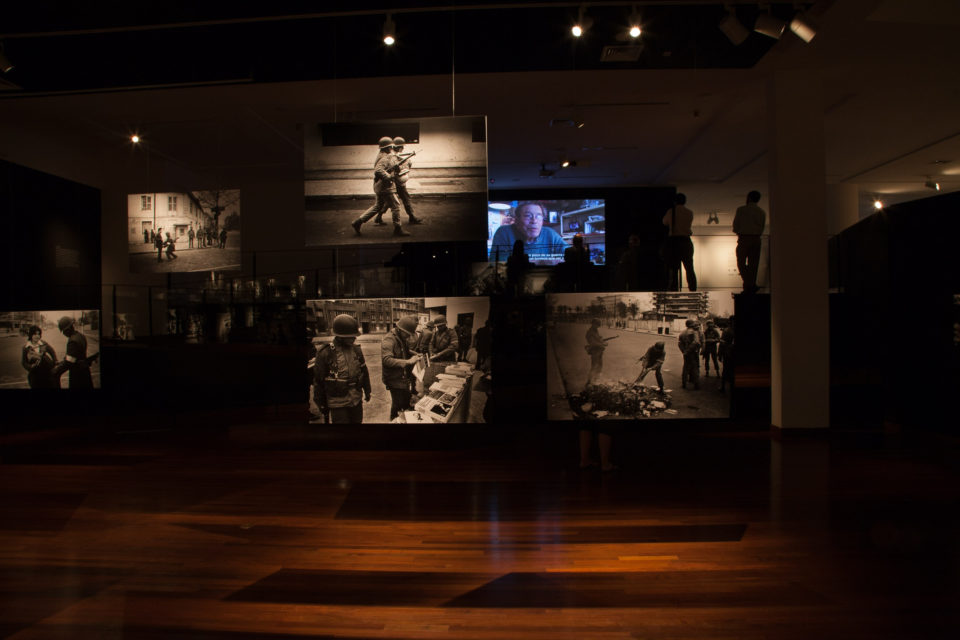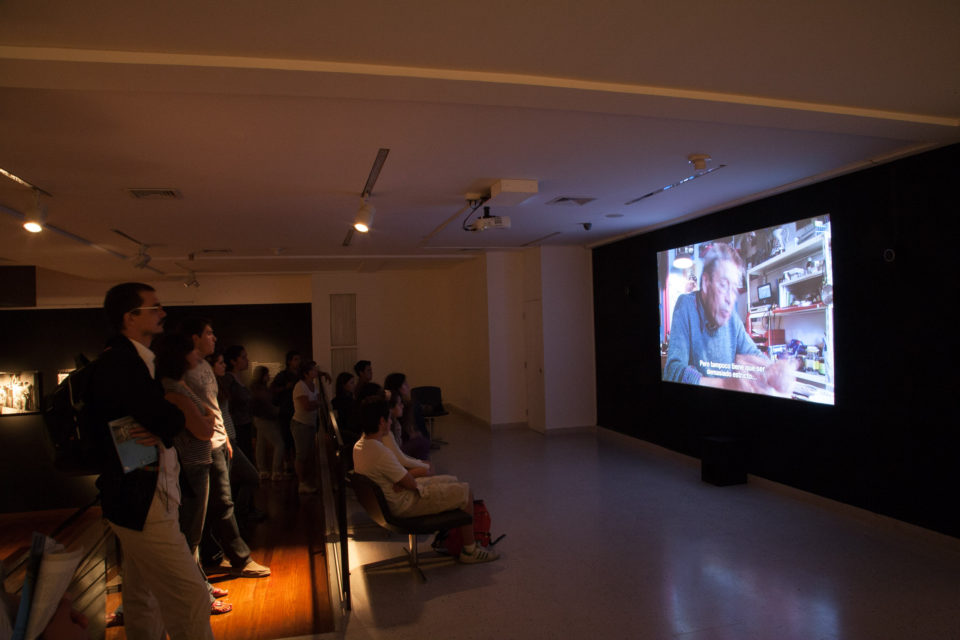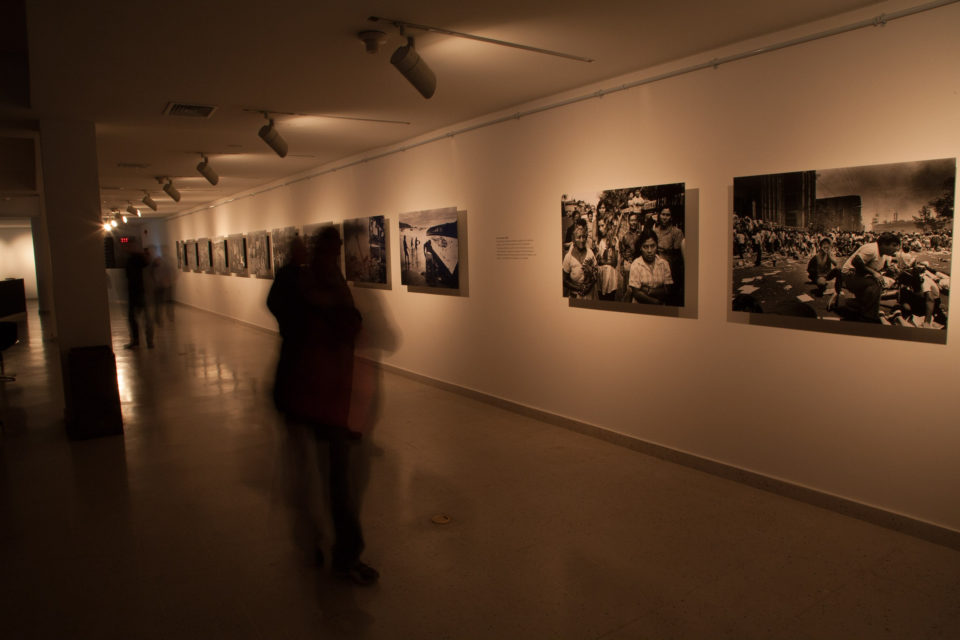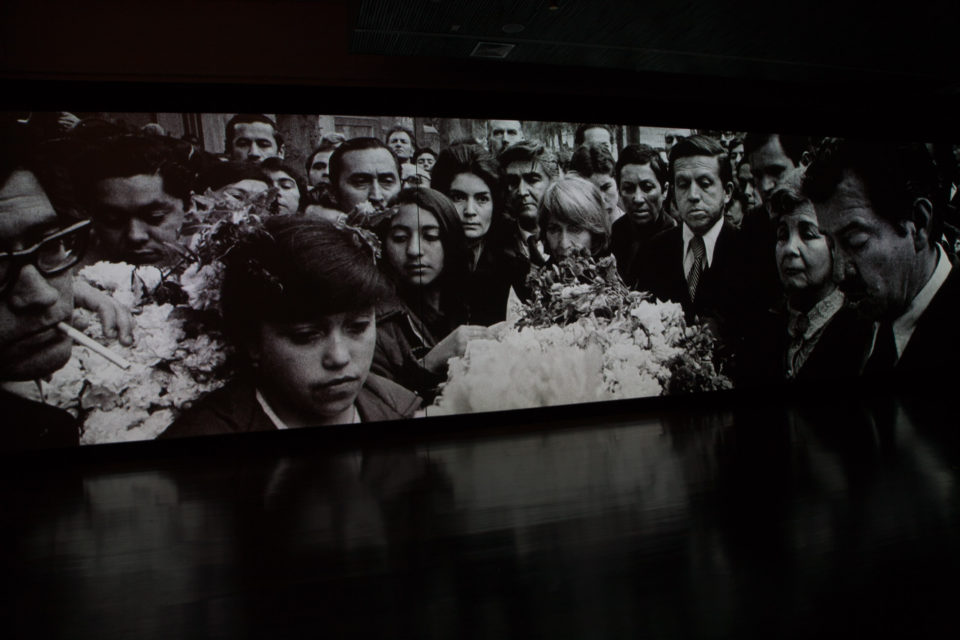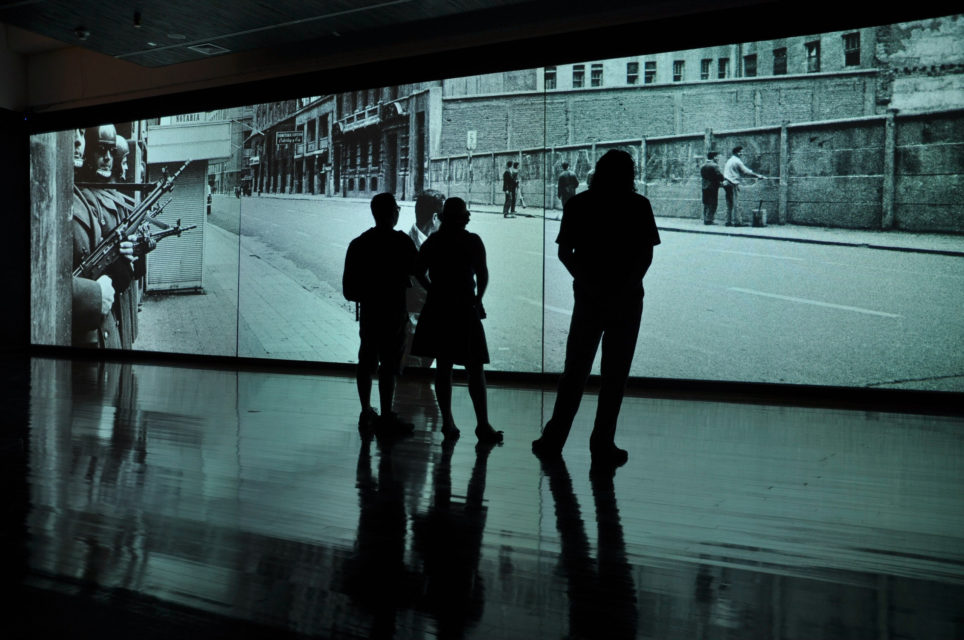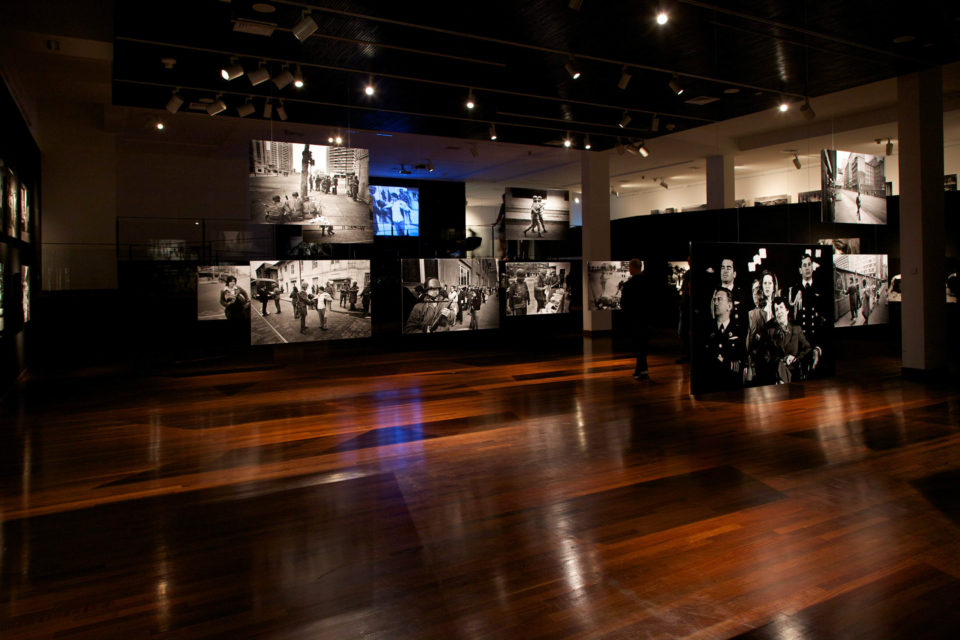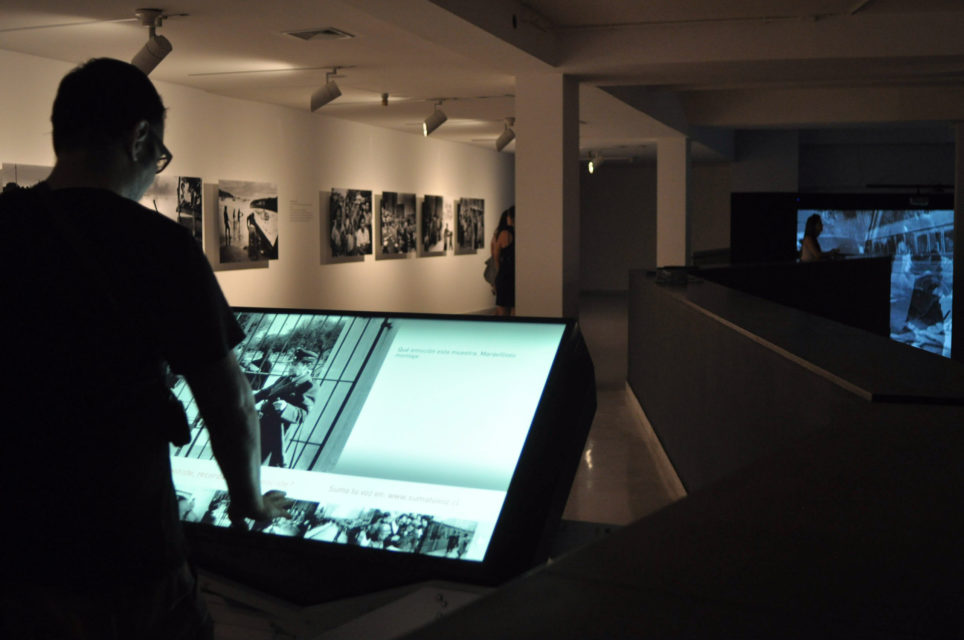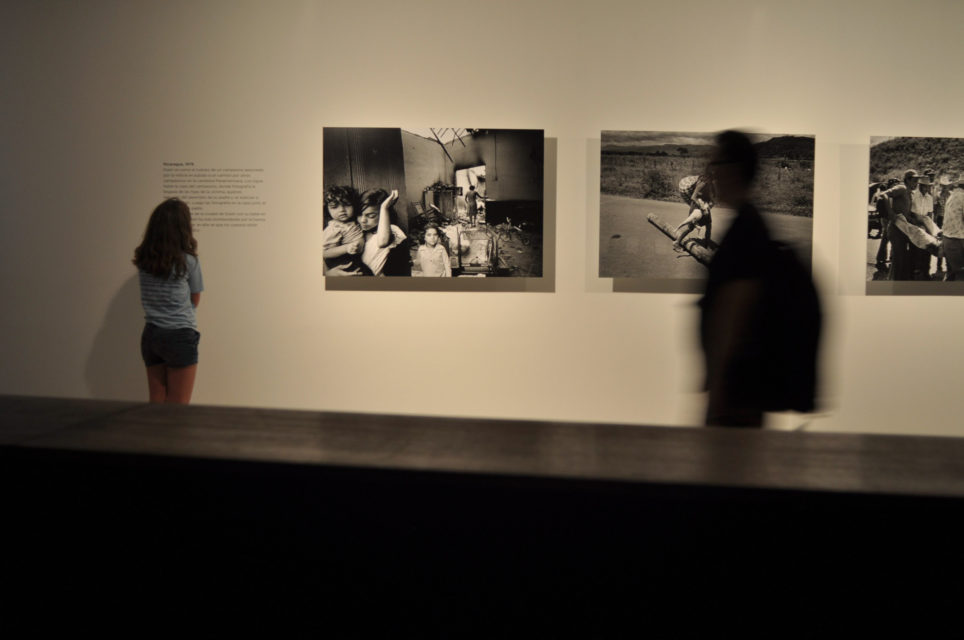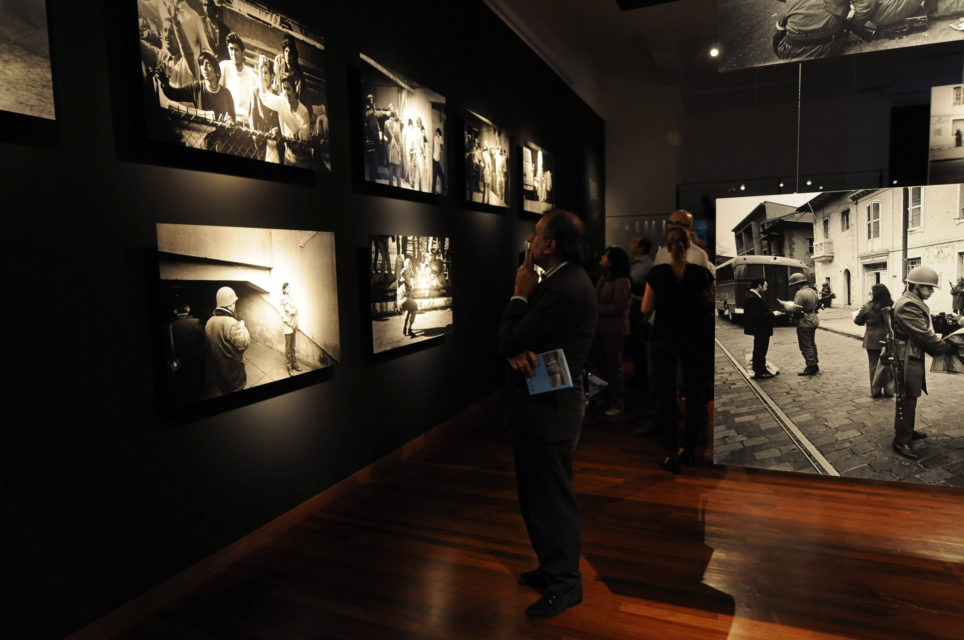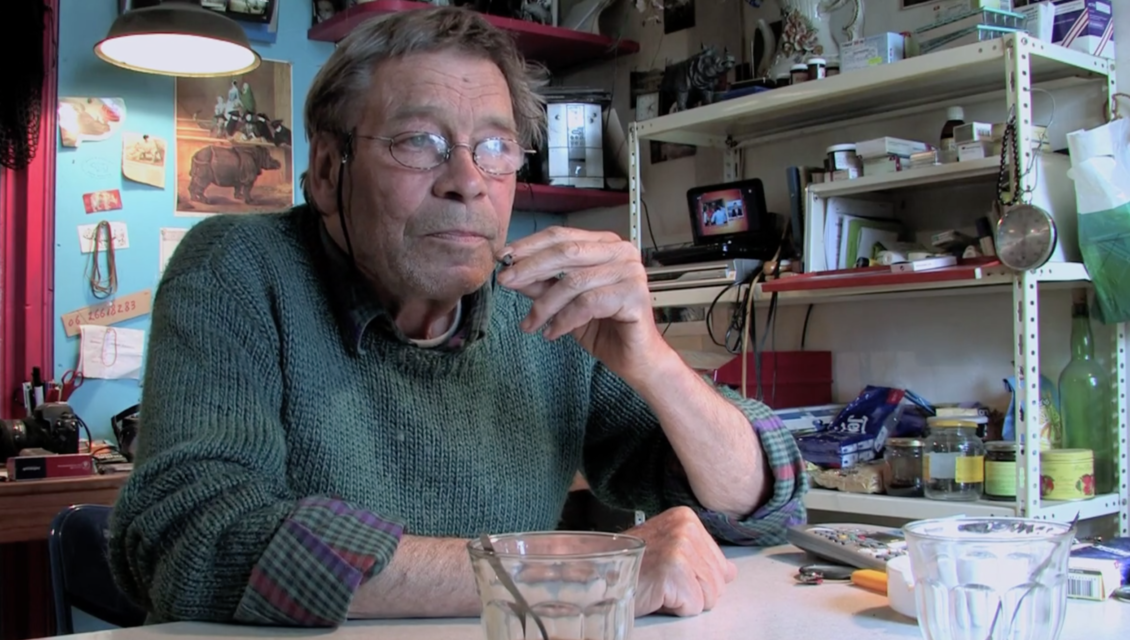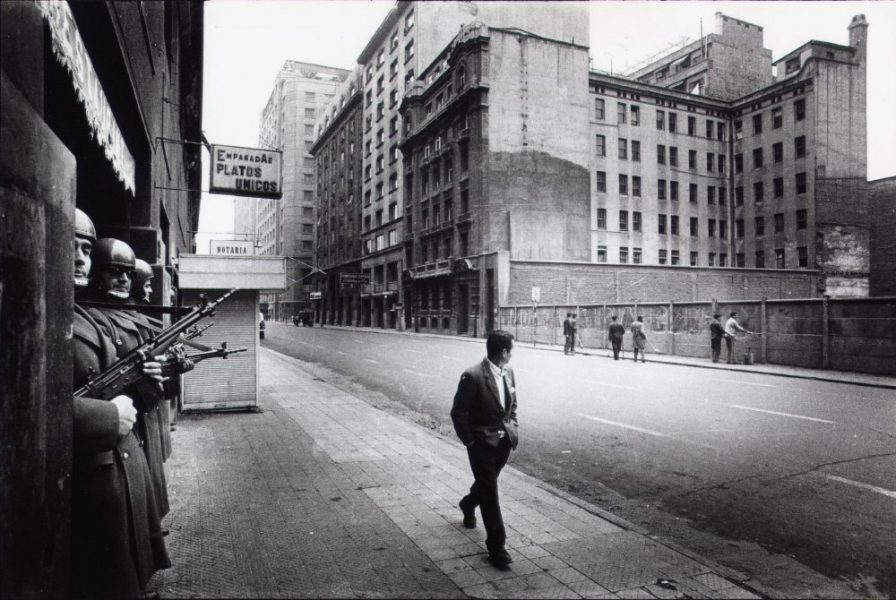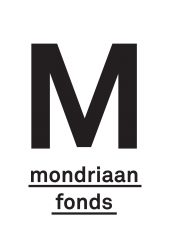Koen Wessing’s Indelible Images is a multi-platform project that shows Wessing’s coverage of the 1973 military coup in Chile and more of his Latin American work from the 1970s. The project is a collaboration between Dutch photographer Wessing, filmmaker Kees Hin, curator/designer Jeroen de Vries and Paradox.
Koen Wessing, a legend in the history of Dutch documentary, was one of the few photographers who documented the 1973 military coup in Chile against Salvador Allende’s progressive government. The Chilean images were published in his famous photo book Chili, September 1973, but they had never before been shown in Chile as a result of the repression following the coup. As an outsider and socially engaged photographer, Wessing increasingly felt the responsibility to show his 1973 work in Chile.
After the military coup in Chile Wessing paid a first visit to Nicaragua in 1978, to photograph the family of Somoza whose regime started to crumble at the time. Afterwards he went back to Nicaragua several times, picturing its change and devastation. The photographs from El Salvador show the horrific events during the funeral of archbishop Oscar Romero. Tens of thousands of mourners who had gathered for Romero’s funeral mass in front of the cathedral in San Salvador eventually fleeing in terror as army gunners on the rooftops around the square opened fire. The complete photo selection forms a coherent whole, depicting Latin America from a period of about 12 years.
In 2011, Wessings wish came true. Recent developments, such as the first ever inquiry into the death of socialist president Salvador Allende, made exhibiting his work to the Chilean public seem all the more relevant. The exhibition at the Centro Gabriela Mistral (GAM) in Santiago opened at March 8 and was shown until April 30 2011. Besides, Wessing donated a selection of his photographs from 1973 to the archive of the Universidad Diego Portales for scientific and educational purposes.
GAM was a former cultural center during the Allende administration that was occupied by the troops after the military coup and used as headquarters for the military regime. In September 2010 the cultural center was reopened as high profile location in the center of Santiago with the agenda of featuring a broad range of cultural events covering all arts from dance performances, to music, theater and exhibitions.
Regrettably, Koen Wessing was never able to see the finished exhibition as he passed away in Amsterdam on 2 February 2011. Until the last moment he had been involved in the preparation of the exhibition. Knowing that the show was going to happen gave him a lot of strength during the last period of his life.
Exhibition
The exhibition consists of 3 major parts. The first part is a three-screen projection showing the events around the military coup in 1973 as an audiovisual arrangement on a 14×3.5 meter screen.
This audiovisual composition is accompanied by the second part – a film produced by Kees Hin, one of the Netherlands most internationally renowned documentary filmmakers. The film consists of an interview with Koen Wessing filmed in 2010 shortly before his death.
The last part of the exhibition is a collection of prints composed from Wessing’s most important Latin American work in the seventies.
Documentary
Koen Wessing: An interview with Kees Hin on a Sunday afternoon is a short filmed conversation between Wessing and Hin (one of the Netherlands most internationally renowned documentary filmmakers), shot at Wessing’s place.
In this interview Wessing speaks about the book Chili, September 1973 and his work that was produced during the time of the military coup. The interview has not been shown before this exhibition and is one of the rare occasions that Koen Wessing actually speaks about his own work.
-
Imágenes indelebles de 1973, por primera vez en Chile
Indelible images from 1973 for the first time in Chile
Download »
-
Imágenes de un país herido: GAM exhibe fotos nunca vistas del Golpe
Images of an injured country: GAM exhibits never shown photos of the slam
Download »
